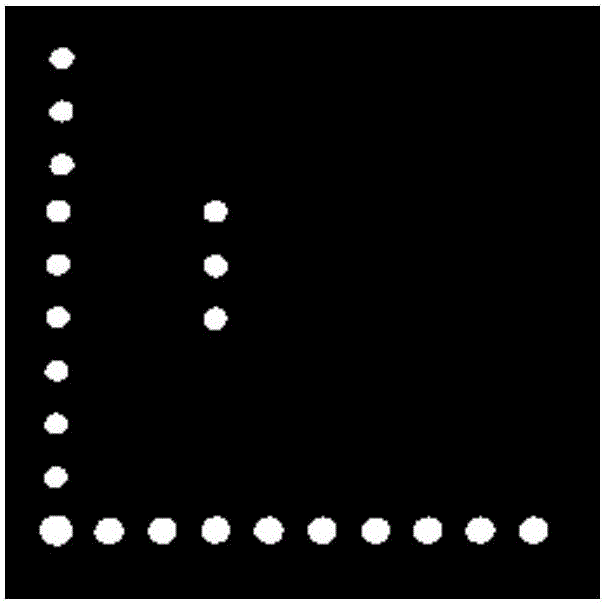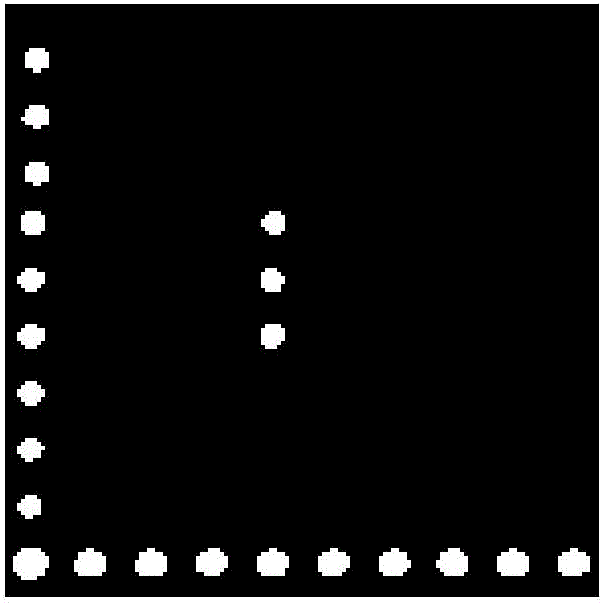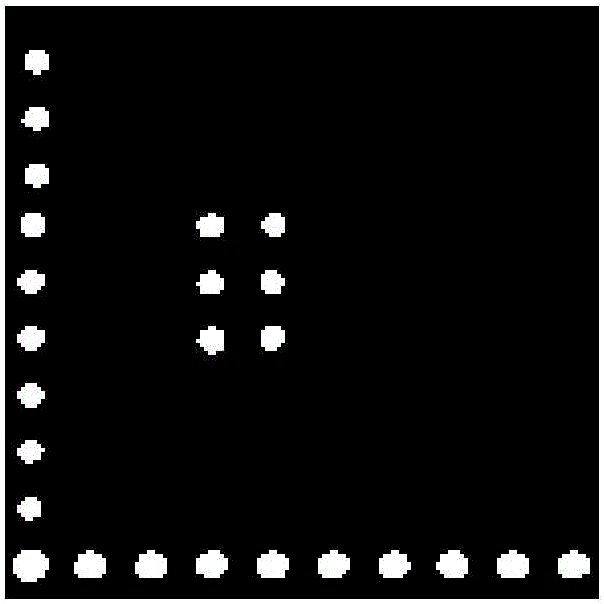Method for detecting sea cucumber pathogenic bacterium shewanella smarisflavi
A technology for detection of Shewanella bacterium, applied in the field of detection of sea cucumber pathogenic bacteria Shewanella yellow sea, can solve the problems affecting the accuracy of detection results, poor system stability, easy to produce deviations, etc., to achieve rapid and efficient detection, Increased capacity, prevention of onset and spread of effects
- Summary
- Abstract
- Description
- Claims
- Application Information
AI Technical Summary
Problems solved by technology
Method used
Image
Examples
Embodiment 1
[0031] Design and synthesis of embodiment 1 probe
[0032] 1. Target detection strains and target genes
[0033] The present invention selects an important common pathogenic bacterium Shewanella yellowsea in the sea cucumber breeding area environment and organisms as the detection object, and uses DNAgyrase subunit B as the target gene;
[0034] 2. Probe design
[0035] The present invention uses 18-30bp oligonucleotide probes. The basic requirement of probe parameters is specific and efficient hybridization, and the following conditions should be met: ①The Tm value of the probe should remain similar and fluctuate within a range of 10°C; ②The number of consecutive complementary bases that form dimers and hairpin structures Less than 4; ③ The number of consecutive matching bases between the probe and the non-target gene sequence is less than 7 bases; ④ The number of mismatched bases between the probe and the target gene is less than 4 bases.
[0036] The present invention de...
Embodiment 2
[0043] The making of embodiment 2 gene chip
[0044] Utilize the probe designed in Example 1 to prepare the important common pathogenic bacteria Shewanella flavumii used in the sea cucumber culture area environment and organisms, the specific steps are as follows:
[0045] 1. Preparation of probe mother solution
[0046] Dilute the synthesized probe (Table 2) into a 100 μmol / L mother solution with double distilled water, and then dilute it to a concentration of 20 μmol / L with a spotting buffer;
[0047] 2. Preparation before sampling
[0048] Transfer 100 μL to wells A1, B1 and C1 of a 96-well plate, and add 100 μL of spotting buffer to well D1;
[0049] 3. Spotting
[0050] Use the AD1500 gene chip spotting instrument of Bio-Dot Company of the United States to carry out non-contact spotting on the aldehyde substrate according to the pre-set program; the spotting volume of each point is 0.5 μL, the spot diameter is 200 μm, and the point spacing is 1.5 μL. mm, the relative ...
Embodiment 3
[0056] The method for using the gene chip (prepared in Example 2) for detecting the important common pathogenic bacteria Shewanella yellowsea in the sea cucumber breeding area environment and organisms, the specific steps are as follows:
[0057] 1. Collection and processing of samples to be tested
[0058] Use an 8 μm sterile filter membrane to remove impurities from the obtained water sample, then filter it with a 0.22 μm filter membrane and collect the filter membrane, wrap it in sterile aluminum foil, and store it at -20°C;
[0059] The mud sample is taken from 100g of sediment at the bottom 2-5cm of the breeding environment, and the collected samples are transported to the laboratory in an ice box;
[0060] Animal samples were cut with sterile scissors, rinsed with sterile water three times, put into cryopreservation tubes, and stored in liquid nitrogen.
[0061] 2. Template DNA preparation
[0062] DNA from water samples and mud samples was extracted with OMEGA Water D...
PUM
 Login to View More
Login to View More Abstract
Description
Claims
Application Information
 Login to View More
Login to View More - R&D
- Intellectual Property
- Life Sciences
- Materials
- Tech Scout
- Unparalleled Data Quality
- Higher Quality Content
- 60% Fewer Hallucinations
Browse by: Latest US Patents, China's latest patents, Technical Efficacy Thesaurus, Application Domain, Technology Topic, Popular Technical Reports.
© 2025 PatSnap. All rights reserved.Legal|Privacy policy|Modern Slavery Act Transparency Statement|Sitemap|About US| Contact US: help@patsnap.com



